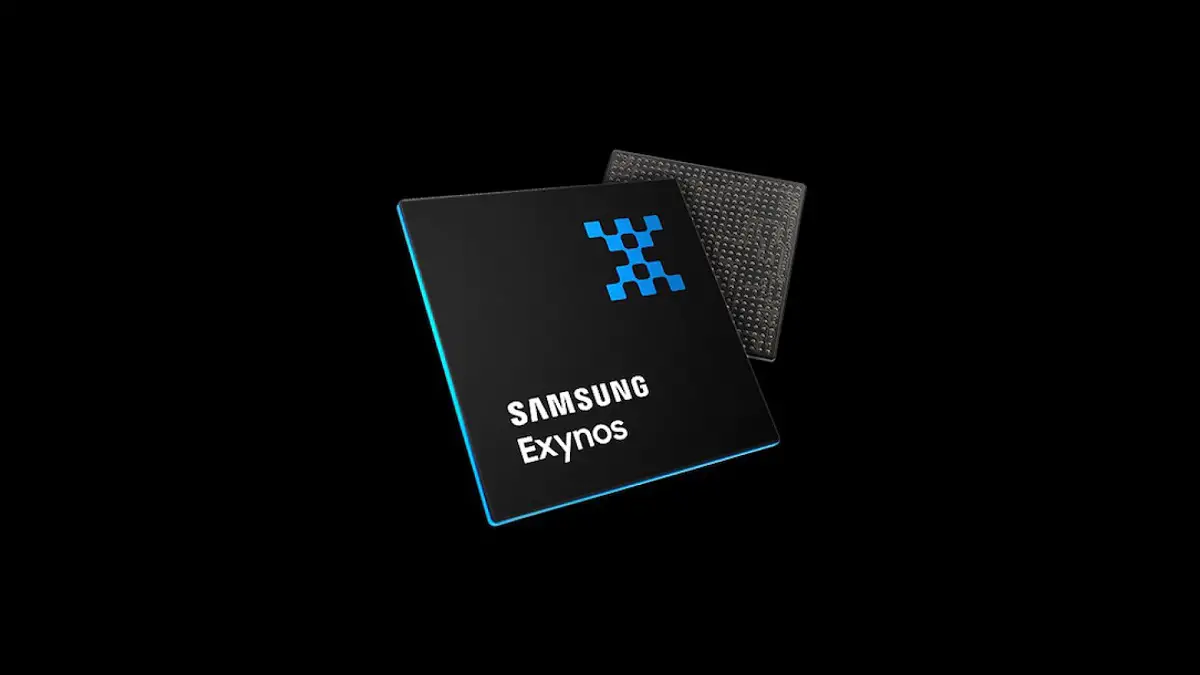
Previously, reports indicated that Samsung would maintain a dual-platform strategy for the Galaxy S25 series, offering versions with both the Snapdragon 8 Gen 4 and Exynos 2500. However, it was subsequently reported that the yield rate for the Exynos 2500 was “below expectations,” at only 20%. Samsung hopes to improve the Exynos 2500 yield rate to 60% by October of this year, reaching mass production standards.
Recently, Samsung released its second-quarter financial report for 2024, noting that the initial response to its new wearable device SoC, which uses the industry’s first 3nm technology, has been positive. It is expected that the adoption range by major customers will expand in the second half of this year, and the company also plans to ensure a stable supply of the flagship Exynos 2500.
The Exynos 2500 utilizes Samsung’s second-generation 3nm process technology, known as SF3, marking its first smartphone SoC manufactured with this process. According to official statements, this technology offers a 20% to 30% improvement in efficiency and density compared to the previous 4nm FinFET process. Similar to the Exynos 2400, it is likely to use fan-out wafer-level packaging (FoWLP), which not only reduces the packaging size but also better controls chip heat, thereby providing stronger multi-core performance and extending device battery life.
In its financial report, Samsung sought to allay the concerns of users, investors, and potential customers regarding its 3nm process node, though it still did not provide specific production details. Considering earlier reports of testing with MediaTek SoCs, it appears that to maintain pricing and profit margins, Samsung is reluctant to adopt an exclusive Qualcomm chip strategy for next year’s Galaxy S25 series.


